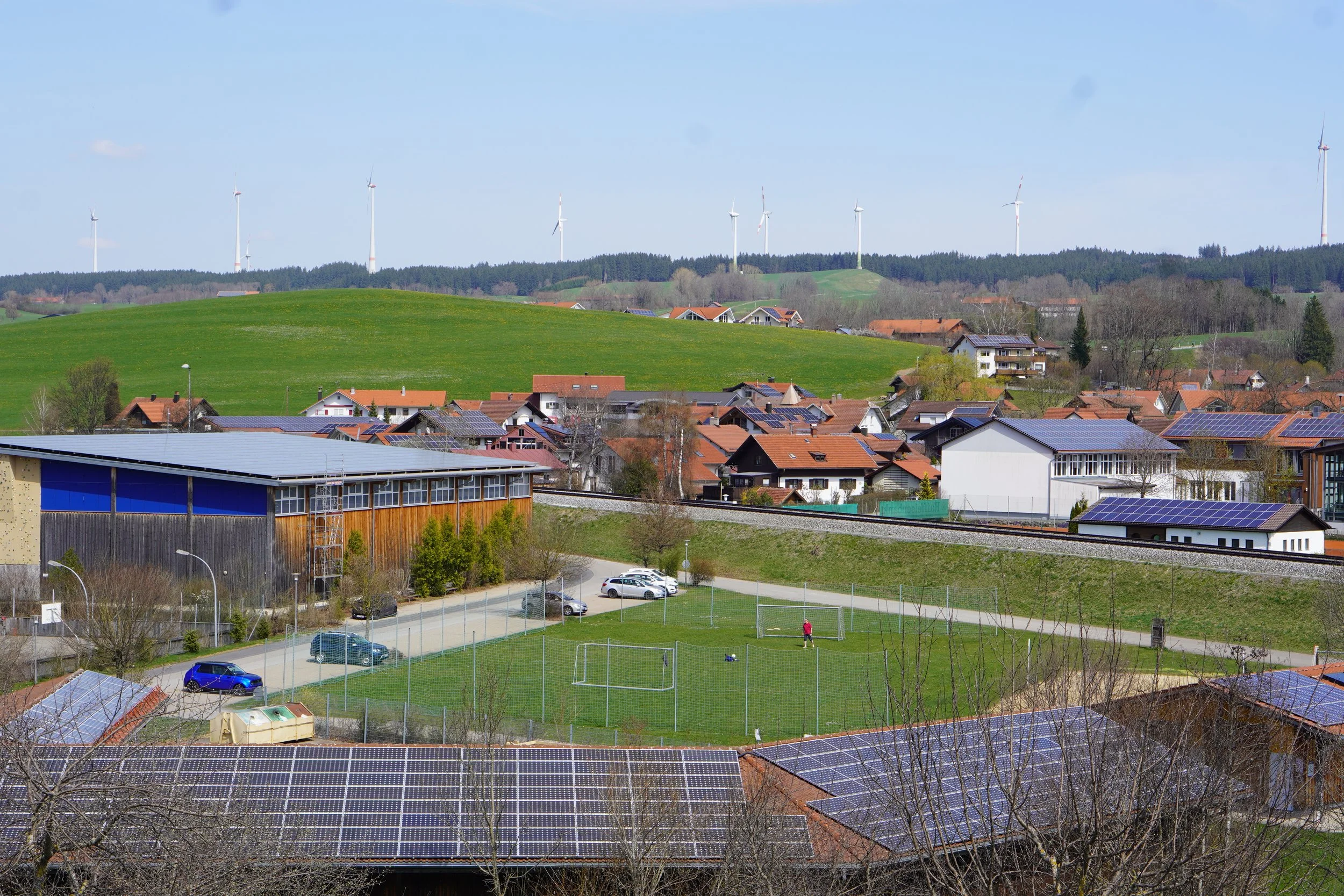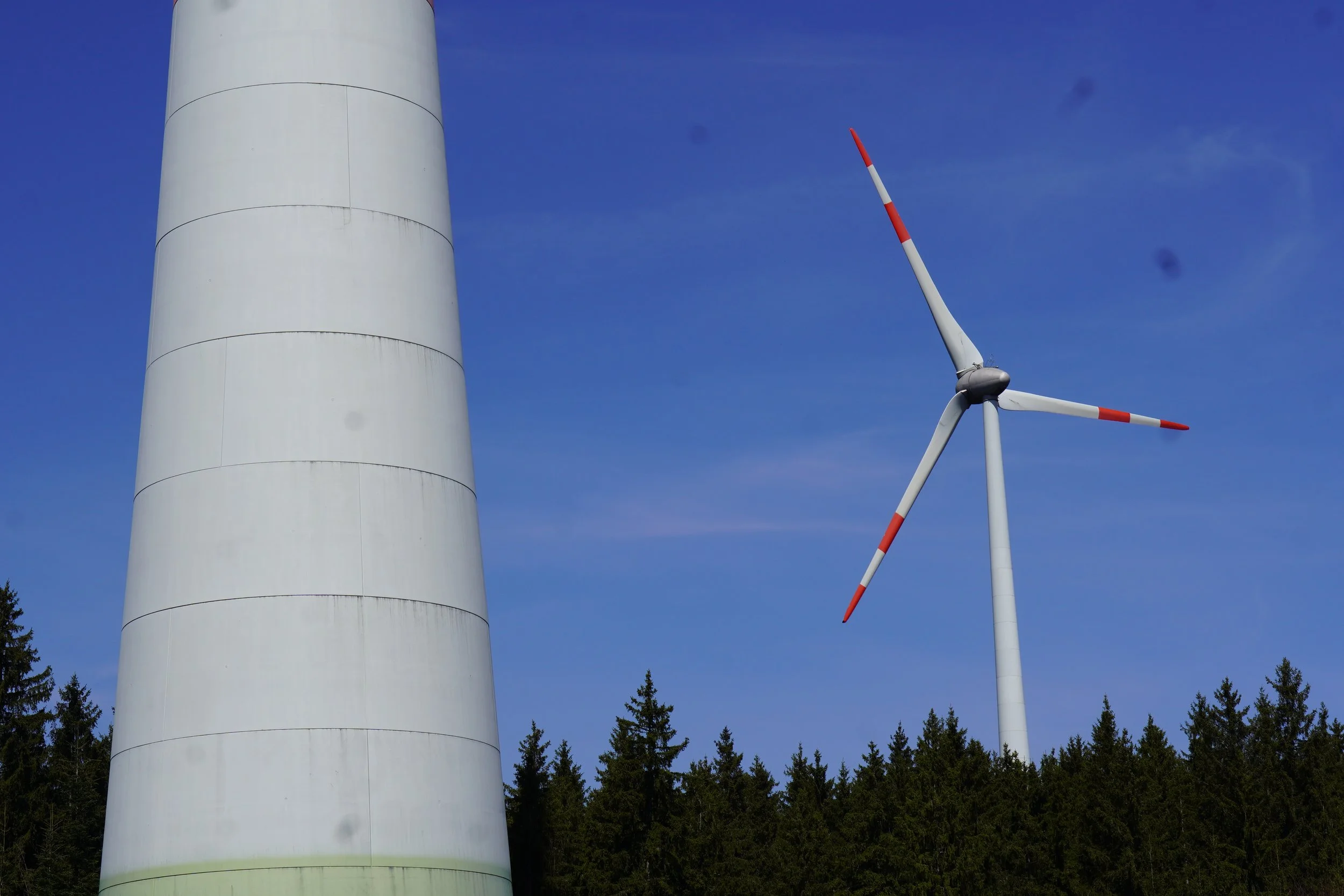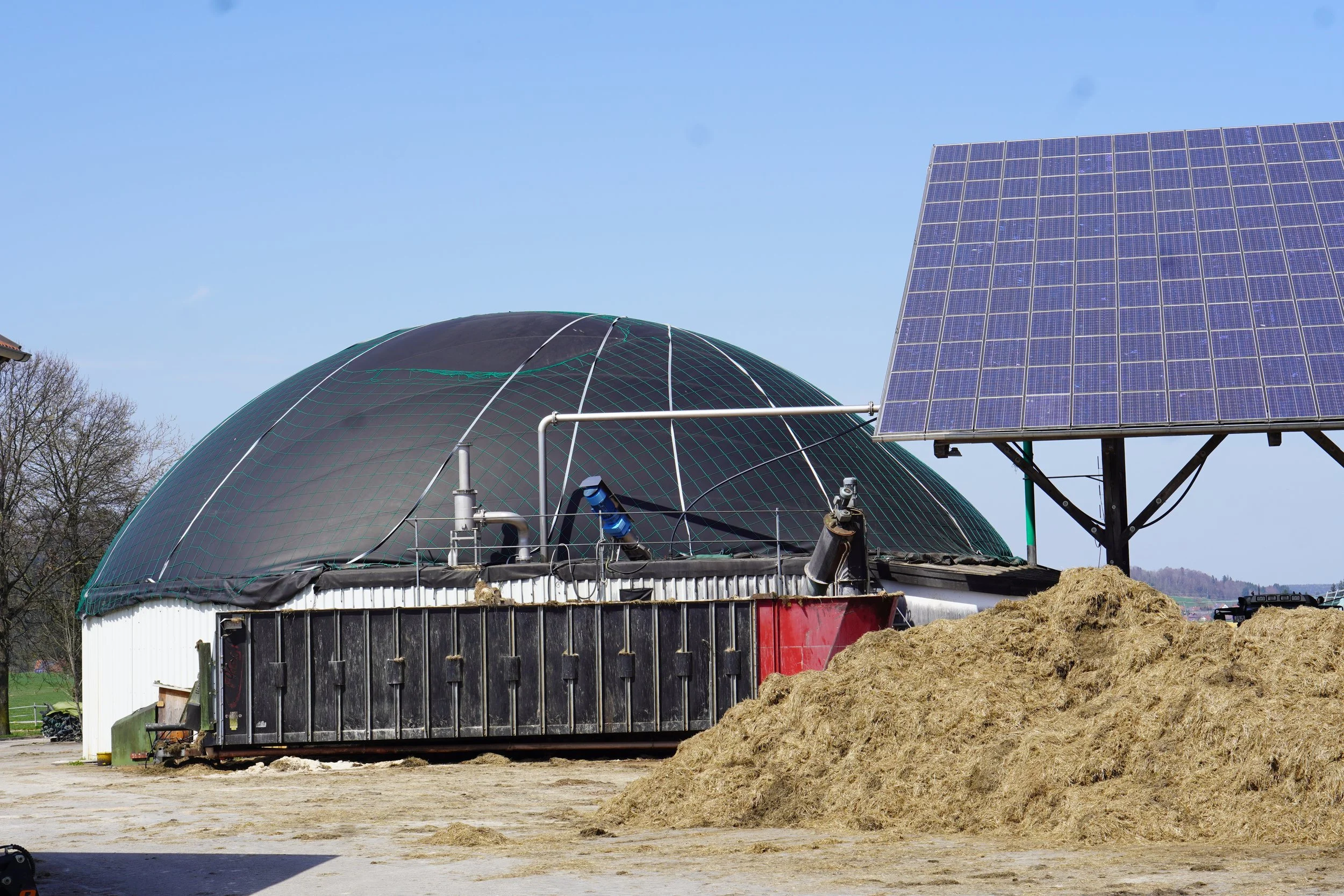Local Generation and Storage
Energy has become an abstract relationship. Ancient combustible fossils, captured enzymatic fermentation, and ethereal electricity propel our lives, though their presence is separate from us, and therein lies our vulnerability and opportunity.
Emergency Energy
Recipient of the Solar + Storage for Resilient Communities grant program in Washington
Local energy systems can be made resilient. Currently, our nation’s current energy infrastructure is prone to climate change exacerbated disasters like wildfires and hurricanes, not to mention earthquakes. Our critical institutions like schools, hospitals, and emergency responders need backup that goes beyond diesel generators.
On the Olympic Peninsula, we enjoy cheap electricity that is also reliant upon one great river: the Columbia. When the river is high and healthy, it feeds the many hydroelectric dams and also keeps cool the nuclear reactors at the Columbia Generating Station. Unfortunately, this powerful river is also prone to drought, a predictable condition of our changing climate. Local systems are not inherently vulnerable however, and we know what needs to be done: create redundant and renewable energy systems.
In 2025, New Story Studio, in partnership with Ginger Segel Consulting, completed an energy resiliency project with Tulalip Tribes’ Village of Hope. The project scope was to install solar generation and battery storage to support the regular power outages experienced on the reservation. A 154 kWh battery system was designed and installed at the Village of Hope along with a 60 kW solar array for the residents to achieve at least 24 hour resiliency window. New Story Studio wrote the grant to secure the funding for this initiative.
By localizing and installing more renewable energy generation and storage we can strengthen our ability to respond effectively in an unforeseen event. Relying exclusively on imported energy, be it propane, diesel or electricity from hundreds of miles away is neither sensible nor acceptable. Our critical institutions can take a collective step towards self-sufficiency and responsible risk management by planning for emergency energy events through generating and storing local energy.
Localized Generation Is Already Happening
Wildpoldsried, Germany, a world leader in local energy systems happens to fall on the same lines of latitude as The Pacific Northwest. Their local government and citizenry took the opportunity seriously when Germany’s government began incentivizing non-nuclear, carbon free local energy generation.
The town of Wildpoldsried, in partnership with energy companies and local dairy farmers has utilized its natural, renewable resources of wind, solar, and biomass. These redundant systems have lead them to generate more than 500% their consumption annually. That excess energy comes back to the community in the form of millions of euros every year.
This shining example of a localized energy systems goes well beyond what municipal government and utilities currently plan for, yet it carries the aspirations of many who live in the Pacific Northwest. The tenacity and imagination of rural areas like on the Olympic Peninsula can learn from these exciting examples, and grow into their own interdependent system.
In 2022, we visited the village and saw for ourselves the possibility of organizing support and action for a strong, resilient, renewable energy generation system.
Wildpoldsried’s daily energy generation on 8/4/21, as viewed on their innovative energy dashboard, IREN2
Sourced 8/4/21
Sourced 8/4/21








